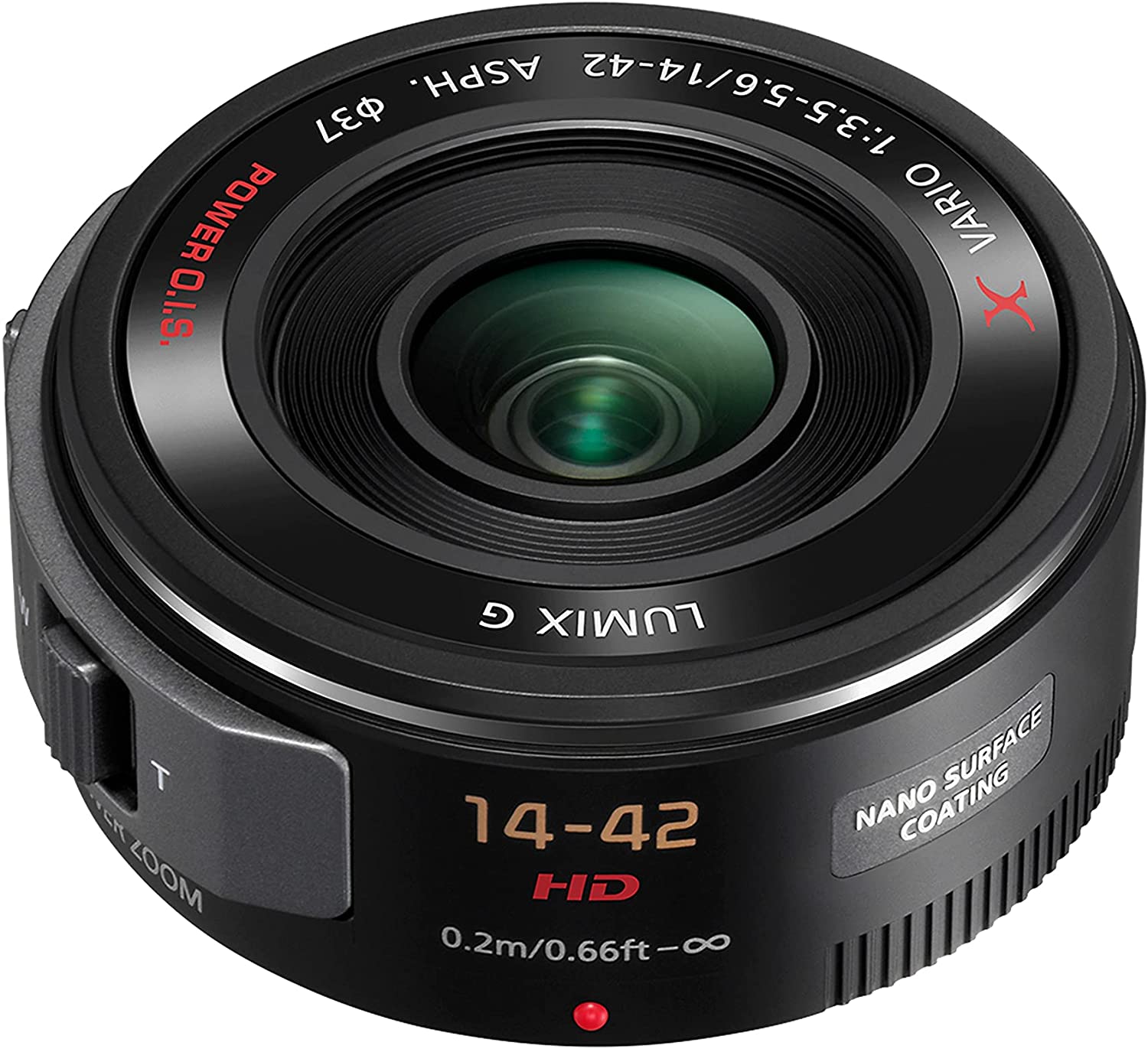Product Description
Panasonic Lumix G Vario PZ 14-42mm interchangeable lens
It's a new cutting-edge interchangeable lens LUMIX G X VARIO PZ 14-42mm/F3.5-5.6 ASPH./POWER O.I.S. with electric-powered zoom operation from the new premium lens brand “X” for LUMIX G Micro System that complies with Micro Four Thirds System standard.
Crystallising Panasonic's optical technologies, the new premium lens brand “X” features superb image rendering for lifelike textures, crisp edge-to-edge contrast, a unique Nano Surface Coating for minimal ghosts and flaring and natural atmospheres with remarkable transparency.
Comprising of 9 lenses in 8 groups, the lens system features excellent contrast at the entire zoom range. The inclusion of 4 aspherical lenses that help to achieve the downsizing of the lens unit also improves optical performance by minimising distortion, even at the 28 mm wide end. The 2 ED lenses effectively compensate for the chromatic aberration. And, the retractable-type zoom lens boasts outstanding compactness with approx. 26.8 mm** in length and approx. 95g in weight to realise ultra-high mobility.
Panasonic's Nano Surface Coating technology is adopted to minimise the reflection at the entire visual light range (380nm-780nm) by applying the extra-low refractive index coating with a nano-sized structure on the surface of the lens. It results in a super clear image with a dramatic reduction of ghost and flare.
Adopting an inner focus system driven by a stepping motor, the superior optical design realises outstanding smoothness to support the high-speed AF system of LUMIX G cameras. It achieves approx. 0.1 second Light Speed AF thanks to the downsizing of the focus lens and its amount of movement. By speeding up the aperture control, shutter time lag is also shortened by approx. 40% compared with the LUMIX G VARIO 14-42mm/F3.5-5.6 ASPH. /MEGA O.I.S.
For full specifications click Here
Payment & Security
Your payment information is processed securely. We do not store credit card details nor have access to your credit card information.

















